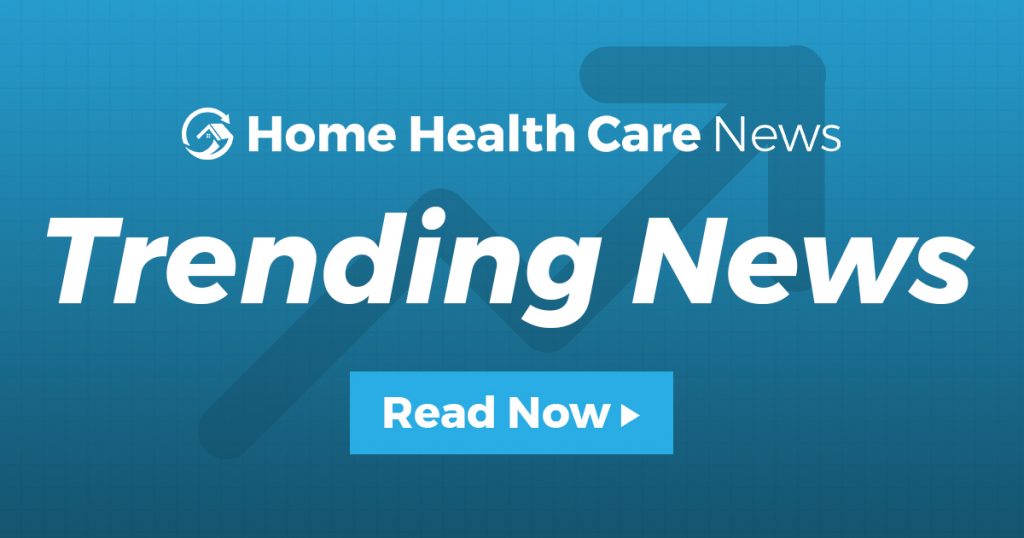
MedPAC Lays Out Plan to Streamline Medicare Alternative Payment Models – Home Health Care News
The Medicare Payment Advisory Commission (MedPAC) is, once again, calling for federal policymakers to streamline alternative payment models within the Medicare program.
Released late Wednesday, MedPAC’s June report details how that could theoretically be done.
The focus on alternative payment models should come as no surprise for those who have been watching closely. In June 2021, MedPAC recommended that the U.S. Centers for Medicare & Medicaid Services (CMS) decrease the number of Medicare alternative payment models, and instead design models to work together more harmoniously.
“[Alternative payment models] typically give health care provider organizations a financial incentive to furnish a more efficient mix of services and improve the care they deliver,” MedPAC wrote in the report. “Yet the presence of multiple [alternative payment models] operating concurrently can create unnecessary complexity and may dilute incentives when Medicare beneficiaries are attributed to more than one model simultaneously and/or when providers participate in more than one [alternative payment model] at the same time.”
In general, the alternative payment models that home health providers have been eyeing – or working with – include forms of direct contracting, accountable care organizations (ACOs), bundled payments and more.
Overall, MedPAC suggests reducing the number of population-based payment model tracks available to providers.
“With a smaller number of tracks, each could be geared toward provider organizations of different sizes and involve different degrees of financial risk,” the report read.
In order to beef up incentives for providers, ACOs’ benchmarks should be updated using external administrative growth factors that would be known to ACOs in advance, MedPAC suggested.
“Moving away from rebasing would ensure that ACOs that succeed in lowering their spending are not penalized in subsequent years by having their benchmark “ratcheted” down based on their recent actual spending,” it wrote.
MedPAC also recommended a national Medicare-run, episode-based payment model that would be mandatory for certain providers, as well as proven clinical episodes, such as hip and knee replacements.
Home health access
The report also found that access to home health services remains strong in medically underserved areas (MUA) in the U.S.
MedPAC examined rural beneficiaries’ and MUA-based individuals’ access to care. Specifically, it examined beneficiaries who are dually eligible for Medicare and Medicaid, or have multiple chronic conditions.
Broadly, utilization of care for both rural and urban beneficiaries were comparable, albeit with some differences.
“Beneficiaries who reside in MUAs generally received the same volume of services as those
who did not across the services we examined – evaluation and management (E&M) encounters
with clinicians, hospital inpatient and outpatient visits, skilled nursing facility days and home health episodes,” MedPAC wrote in the report.
MedPAC found that for home health episodes, utilization rates were similar across full, partial and non-MUA counties for urban beneficiaries.
On the flip side, the average number of home health episodes per beneficiary was significantly higher in full MUAs compared with partial and non-MUAs, among rural communities.
“These differences were likely driven by large regional variations in the use of home health services rather than access issues in partial and non-MUAs,” MedPAC wrote in the report. “For example, four states – Alabama, Florida, Louisiana, and Mississippi – whose per-beneficiary utilization rates of home health services range from about double to triple the national average make up about 16% of all rural adjacent beneficiaries who live in full MUA counties but only about 1% of rural adjacent beneficiaries who live in partial and non-MUA counties.”
You can find MedPAC’s full report here.